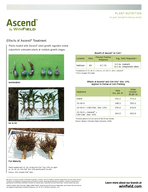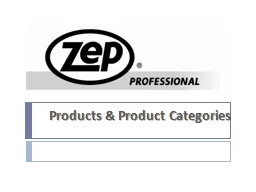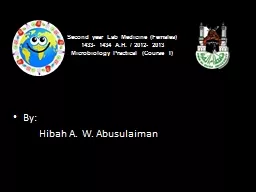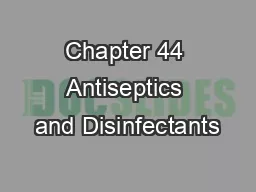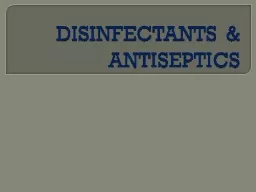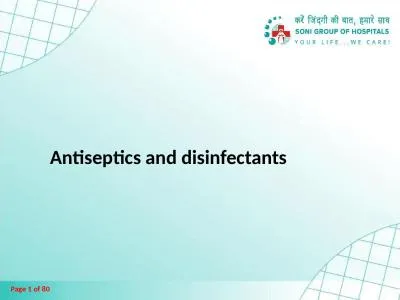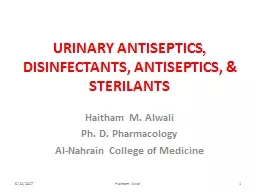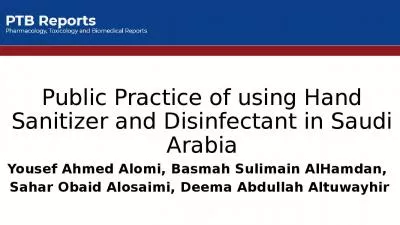PPT-Testing the effects of various disinfectants on the growth of
Author : shoulderheinz | Published Date : 2020-08-05
E coli Pam Stewart objectives Compare the effects of different products that claim to kill bacteria Design a controlled experiment Plan a methodology using appropriate
Presentation Embed Code
Download Presentation
Download Presentation The PPT/PDF document "Testing the effects of various disinfect..." is the property of its rightful owner. Permission is granted to download and print the materials on this website for personal, non-commercial use only, and to display it on your personal computer provided you do not modify the materials and that you retain all copyright notices contained in the materials. By downloading content from our website, you accept the terms of this agreement.
Testing the effects of various disinfectants on the growth of: Transcript
Download Rules Of Document
"Testing the effects of various disinfectants on the growth of"The content belongs to its owner. You may download and print it for personal use, without modification, and keep all copyright notices. By downloading, you agree to these terms.
Related Documents


